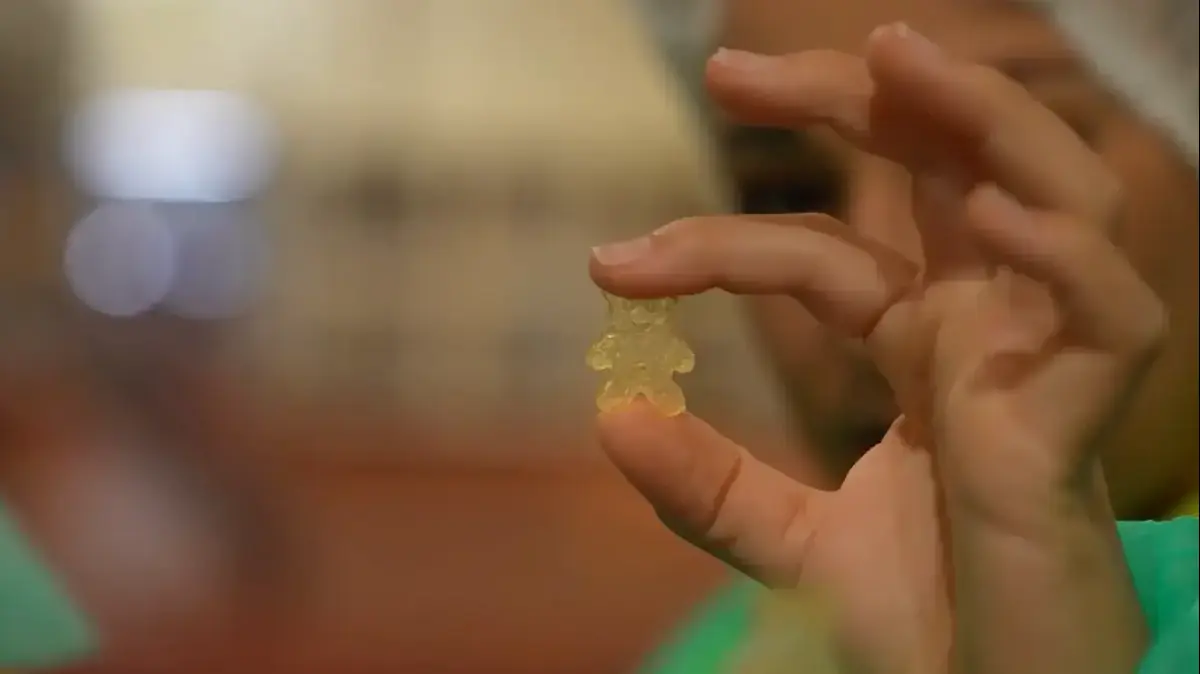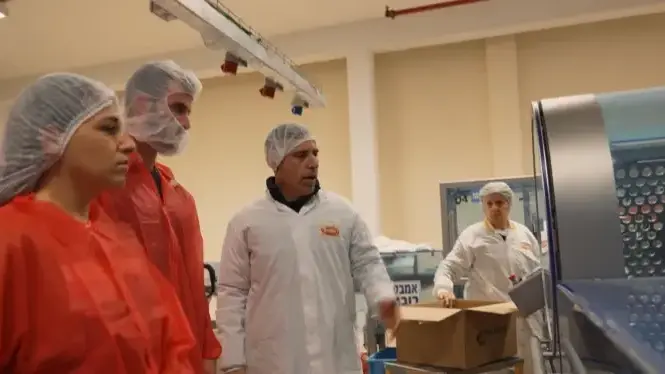Biomethane: Industry insider Zoltan Elek on the opportunities of an underappreciated technology
Created: 09/09/2022, 10:12 am
By: Matthew Schneider
A biomethane plant in Thuringia.
© Jan Woitas/dpa-Zentralbild/ZB/Archive image
In times of energy crisis, biomethane could replace natural gas.
In an interview, one of the most important wholesalers in Europe explains how this can work.
Munich - For a long time, biomethane was more of a niche phenomenon.
In times of outrageously expensive natural gas imports, however, producers are gaining new self-confidence.
As one of the most important wholesalers in Europe, Zoltan Elek knows the industry inside out.
The managing director of the Munich-based company Landwärme is certain: If we divide our gas requirements into thirds, we can cover them completely with biomethane.
Mr. Elek, Europe urgently needs gas.
What potential do biogas and biomethane have in the short term?
Without a new building, we can increase production from the current 100 terawatt hours by between 10 and 20 terawatt hours, which corresponds to the annual heating needs of 50,000 to 100,000 households.
Prices are high, why aren't these quantities being produced yet?
There are many regulatory barriers: All plants are approved for a specific generation that must not be exceeded.
The federal government now wants to lift these rules in the short term and for a short time in order to increase production.
That is welcome – but of course it should remain so in the long term.
Biomethane instead of natural gas: an interview with a wholesaler
What can we achieve in the medium term?
When the biogas boom began around 2006 through political will, we in Germany set up a large part of our current infrastructure in three years - we can do that again if the general conditions are right.
Then we just have to clarify how much additional biomass we can get.
There are various studies that consider an increase to 200 to 300 terawatt hours to be possible by 2030.
That would be at least a fifth of our current natural gas requirement of around 1000 terawatt hours.
How do we get there?
We need much stricter waste separation so that moist organic waste does not end up uselessly in the incineration plants, but is collected and fermented.
To put it bluntly, there should also be something like a fermentation obligation for agricultural waste such as manure, so that the biomass can be used for energy before it is spread out on the field again as fertilizer.
also read
Exploding gas prices: Next supplier applies for state aid
Dax starts again towards 13,000 points
You know the discussion: tank or plate?
I think you have to decide soberly: We have a certain number of agricultural areas in Germany: How much do we use for bioenergy, how much for animal feed?
If we produce one, we have to import the other.
Then we have to see which bioenergy we want to produce in Germany and which we import.
It's not just about biogas, but also about ethanol and biofuels.
But we as a society would have to clarify that in a discourse that has not yet taken place.
The gas surcharge is currently causing a dispute in the traffic lights.
The news ticker on the gas crisis in Germany.
Biomethane expansion: how much space is required?
How high is the proportion of energy crops - and how much space do we need?
Normally, half of the gas comes from energy crops, a little less because of the current high prices.
If we want to triple production in the short term, we would need between two and three million hectares of additional land.
But it doesn't have to be corn, it's just the most economical.
For a certain surcharge, it could also be an ecologically valuable flowering meadow.
This would then require political will again.
The EU believes a tenfold increase in production is necessary to get rid of Russian gas.
Is this realistic?
Seen from a European perspective, because the potential has not yet been exploited as much as in Germany – we are world champions there.
There is still a lot to gain, especially in Eastern Europe.
This is especially true for countries with strong agriculture, such as Poland or Ukraine.
It is important that it is regulated sensibly from the start in order to avoid ecological damage.
Moon prices are being paid right now – but will funding be needed again after the crisis?
A large part of the biogas is converted into electricity on site and the waste heat is used separately.
Biogas' right to exist is therefore to bridge the dark doldrums.
In these phases, with the increasing disappearance of fossil power plants, reasonable prices for biogas are likely.
Especially if we eventually reach a CO2 price of over 100 euros per tonne, biogas will remain more profitable than natural gas imports.
In addition, biomethane can even be CO2 negative.
As the?
Biogas is a mixture of methane and CO2.
The methane is chemically identical to natural gas and must be cleaned from CO2. The separated gas can be transported to permanent underground storage facilities.
We also need such measures in order to get the curve on our climate targets.
Increased use of biomethane could help against the energy crisis
Looking to the future: How do we best use biomethane?
We have to insulate our houses and electrify the heating systems because it's often not so cold that we need gas.
In this way we can significantly reduce consumption.
However, a heat pump can only work efficiently with a moderate outside temperature.
Gas can always bring peak load.
It would therefore make sense to only use gas in the hours when it gets really cold - preferably in cogeneration with electricity generation.
Of course, district heating models make sense, especially in cities.
Because then the suppliers can also flexibly switch between different energy sources, such as solar thermal energy, geothermal energy and biomethane.
That's efficient and keeps prices down.
I also see a coexistence with hydrogen, which primarily supplies electricity and is used in industry.
I think in perspective we can do it
reduce our methane consumption to a third.
If we can supply around 300 terawatt hours of biomethane in 2030, we will be in a very good position with our energy supply.








